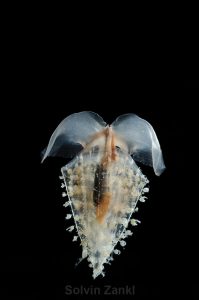Many people look at nutritional information when grocery shopping. But do you know how many calories are in the food you eat out?

Do you know how many calories are in your favorite coffee? Photo by rport @flickr.com
Worldwide obesity has nearly tripled since 1975. Diseases associated with obesity and unhealthy lifestyles such as diabetes, heart disease, and some types of cancer have also dramatically increased. This poses a challenge for governments and public health agencies, as unhealthy habits and lifestyles are not easily changed.
New evidence suggests that including calorie labels in menus in restaurants helps reduce the calories people consume. Consumers often don’t even realise how many calories are in the food they order, so including the calorie information in the menu can help people make better choices.
The team of researchers looked at results from three separate studies, and concluded that including nutrient labels on menus can reduce the calories consumed by 12% per meal. This is the equivalent of walking into Starbucks, looking at the menu, and picking a Caramel Macchiato (250 Cal) instead of a Caffe Mocha (290 Cal, about 13% Calorie reduction). It may not seem like a dramatic change, but its a small step towards reducing calorie intake that adds up over several meals.
Researchers point out that there is still uncertainty surrounding this number. This is because other factors need to be studied as well as calories. Fat, sugar, and salt content are other pieces of information in nutritional labels but its effects on consumer behaviour have not been studied. Furthermore, little is known about the effects that nutritional labels have on consumers using vending machines due to lack of data.
More studies are required to fully understand this effect and how it can be used to improve consumers shopping and eating habits. It’s definitely a good start! Do you take into account nutritional information when dining out?
-Ana Brunner



